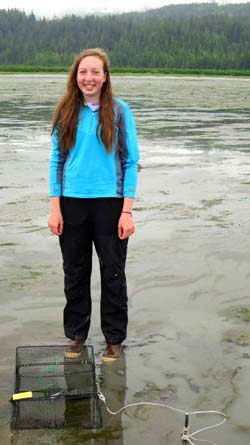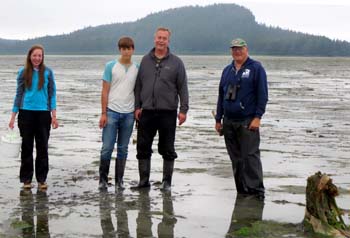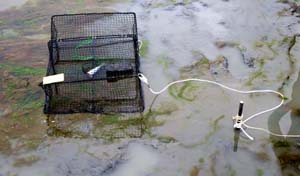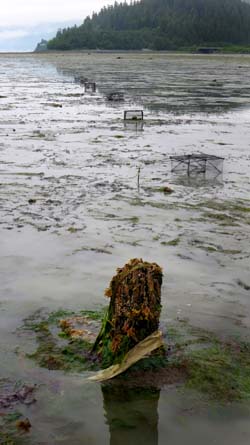The long and short term effects of low level exposure to chemically dispersed crude oil on zooplankton needs more research, according to the council’s science committee.
Studies have been conducted on the effects of high-level exposure to crude oil on large animals, such as sea otters and birds. However, not as much is known about the effects of oil on smaller species, such as zooplankton.
Zooplankton and other small species are important to the health of any marine ecosystem. They are the building blocks of the food chain, providing food for larger animals.
One of the first steps in beginning such research is finding out what information already exists. This step helps identify gaps where more research is needed.
A recent council report put together information about research on the effects of chemically dispersed oil on zooplankton and fish larvae.
Chemical dispersants are substances applied to spilled oil with the goal of dispersing oil into the water column rather than leaving it floating on the surface in a slick to be removed or to disperse naturally. Oil slicks treated with dispersants can create underwater plumes of tiny droplets of dispersed oil.
The report indicated that an application of dispersants after an oil spill in Alaska and Prince William Sound could lead to the formation of dispersed oil droplets which could be ingested by zooplankton and other small species.
The researchers looked at the results of studies conducted after large spills such as the Exxon Valdez spill and BP’s Deepwater Horizon explosion in 2010.
The previous research showed three main points that need to be considered in future council studies:
- An underwater plume of dispersed oil can form after application of dispersant to a large oil spill.
- Zooplankton have been shown to ingest dispersed oil both in the field and laboratory.
- Studies carried out after oil spills treated with dispersants have shown effects on the growth and reproduction of zooplankton.
The study also identified priority areas for future research on effects of dispersed oil on zooplankton, including effects on growth and reproduction and whether the cold water zooplankton found in Prince William Sound would respond differently to exposure than warmer water zooplankton.
The council is interested because dispersed oil can impact important subsistence, sport and commercial fisheries species such as herring and salmon.
To read more about the council’s studies on the effects of crude oil, visit our Hydrocarbon Toxicity project page.



